I decided to make vessels out of six circles stacked on top of each other. I like the rounded forms that are made by lofting circles together. I landed on three different parameters that define each circle, and therefore each form.
- The vertical height of the circle
- The radius of the circle
- The horizontal shift of the center of the circle (expressed as a two dimensional vector with a MD slider in Grasshopper).
I played around with these three parameters until I found a form that I liked and found pleasing. I recorded the base parameters in panels in my Grasshopper definition.

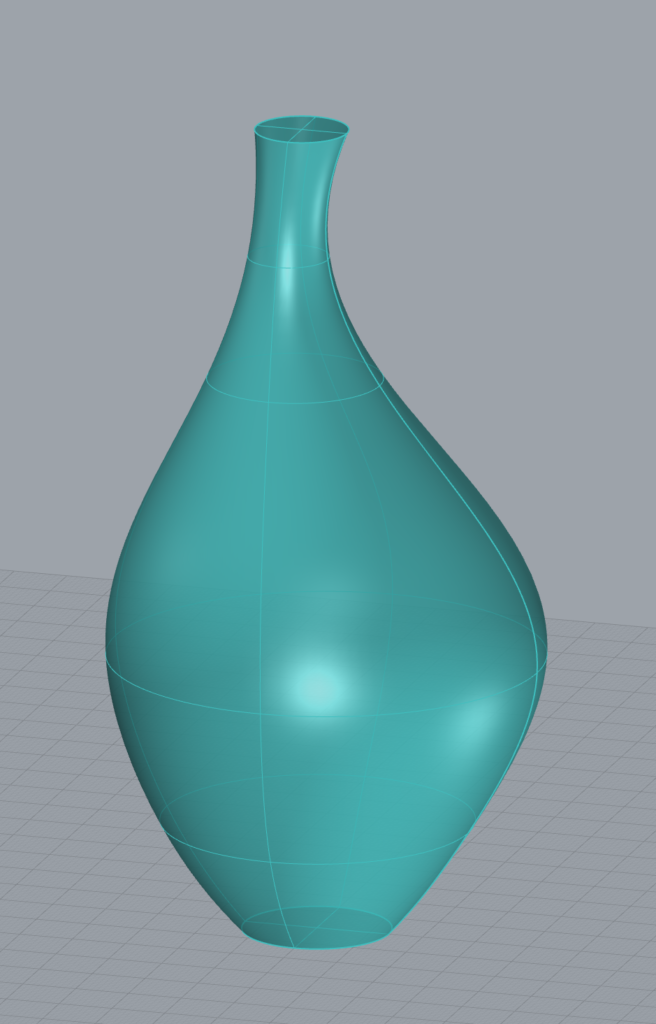
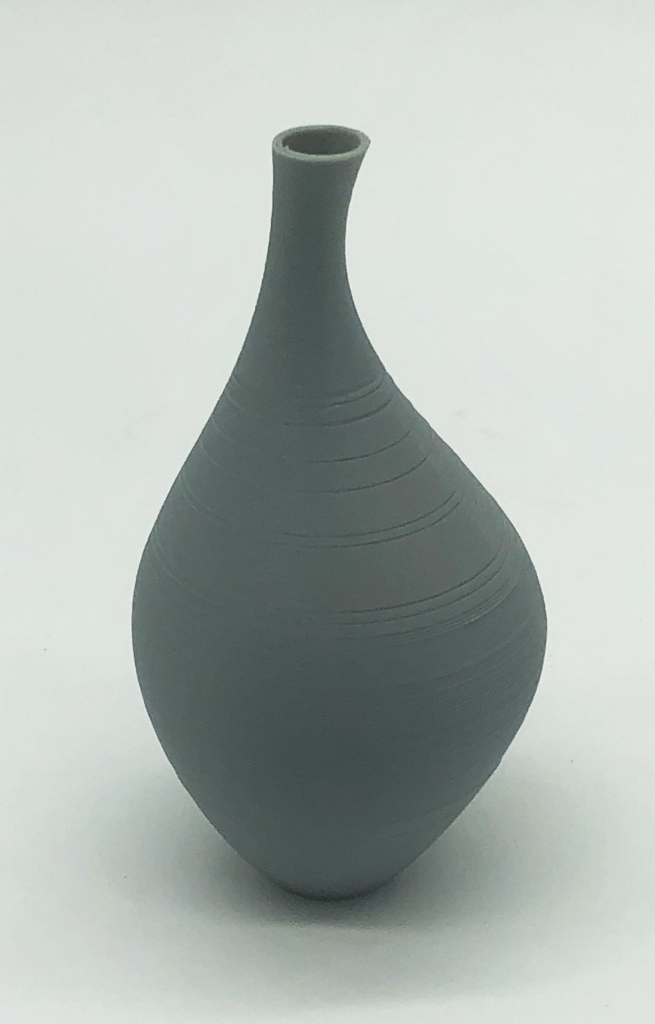

After I landed on my base form, I used a random number generator to alter each of my three parameters to randomly generate many forms.
- The vertical height of each circle was varied randomly by 5 millimeters in either direction
- The radius of each circle varied randomly by 50% of its original size in either direction
- The horizontal shift of the center of each circle varied randomly by 5 millimeters in the x and y directions.
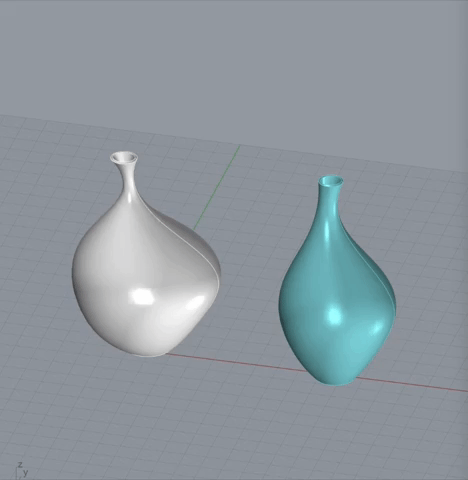
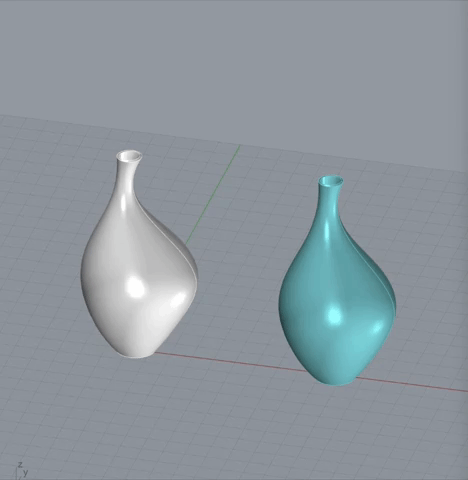

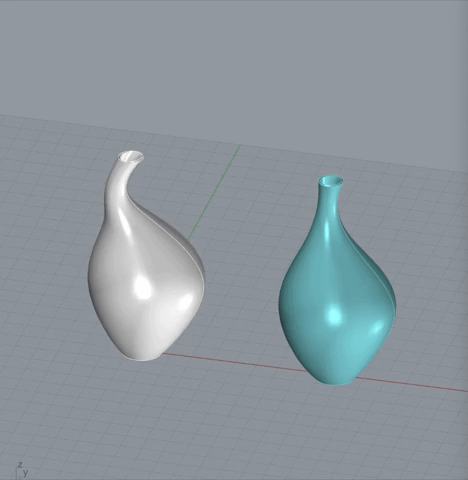
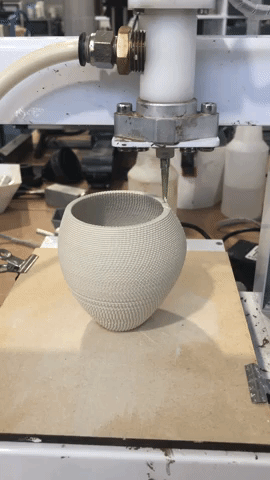
I generated a lot of forms, but decided to print my base form, three forms where only one of the three parameters was randomly changed for each, and two forms where all three parameters were altered. I decided to print all 6 of my forms using porcelain clay and the Eazao printer. I used the slicer I made over the summer to print the forms, and it worked really well. There were significant overhangs on many of the forms, but they did not sag at all. One of the forms almost fell over as I was moving it, but I was able to save it. I enjoyed seeing all the forms made out of clay.

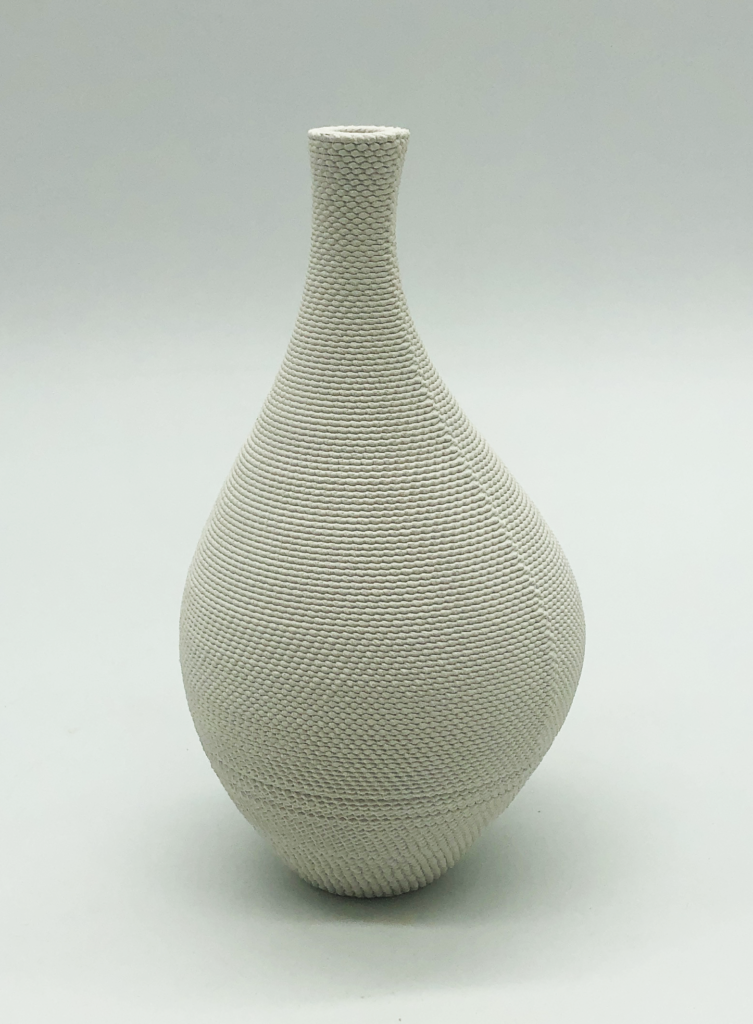
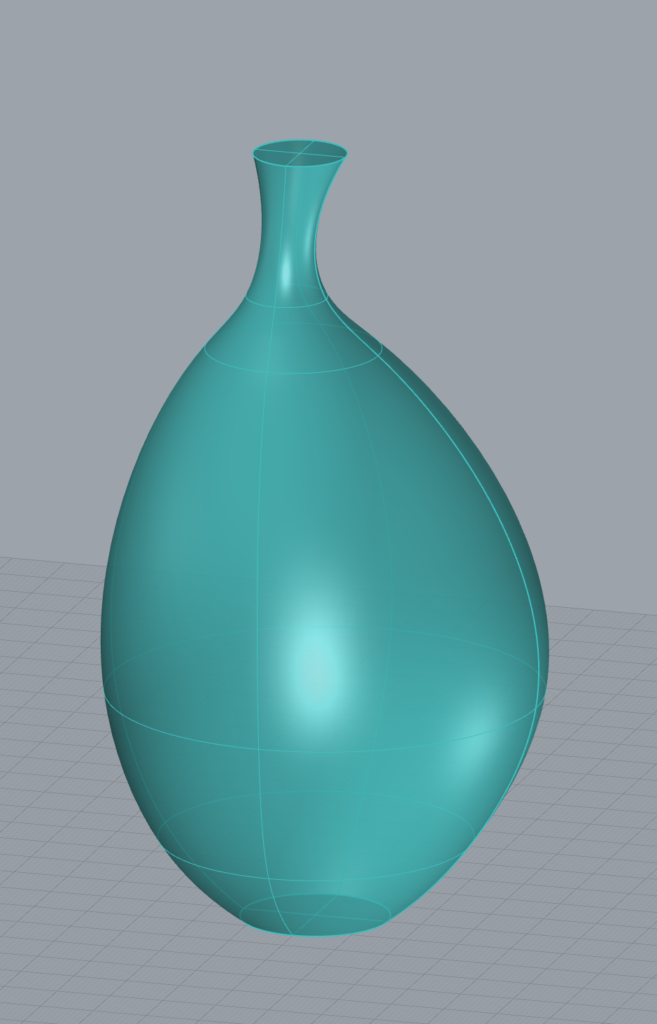
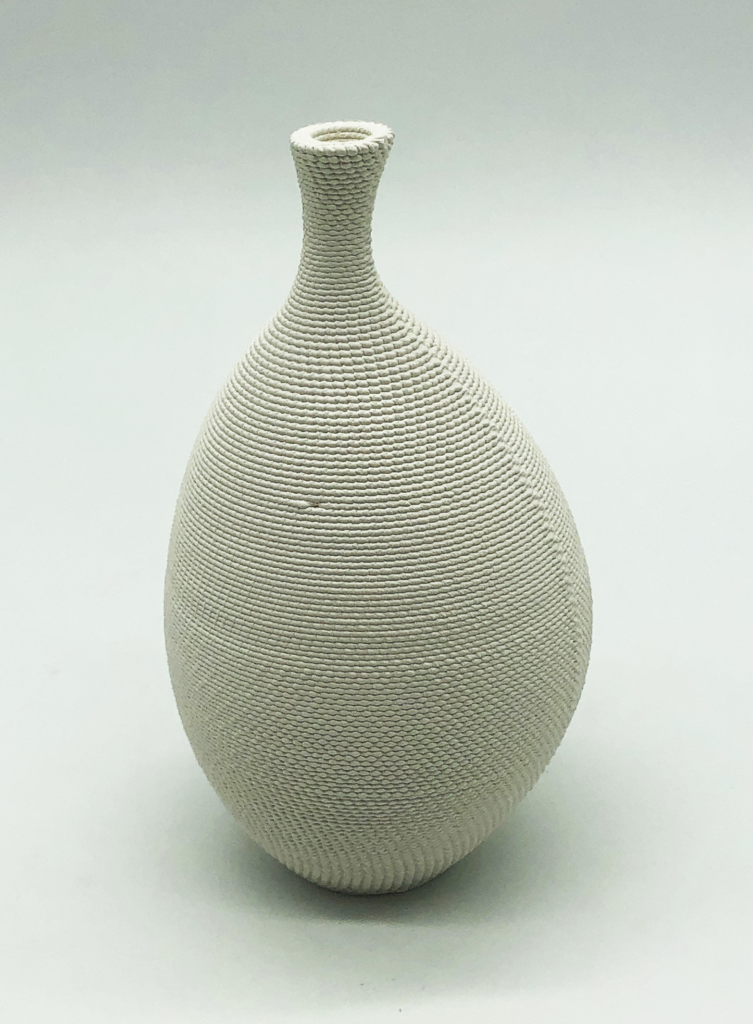
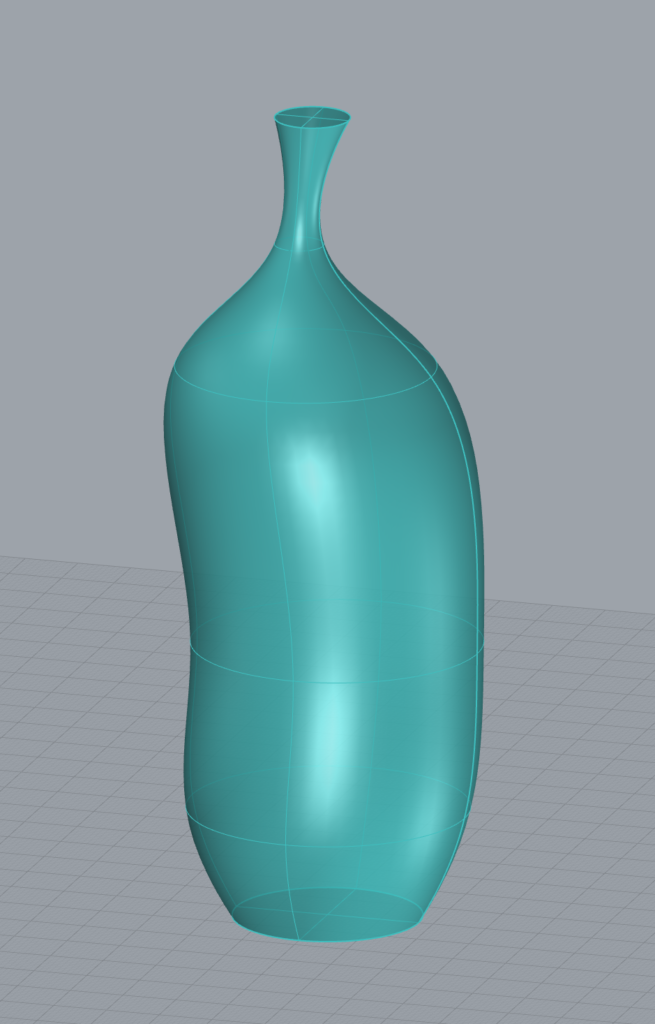
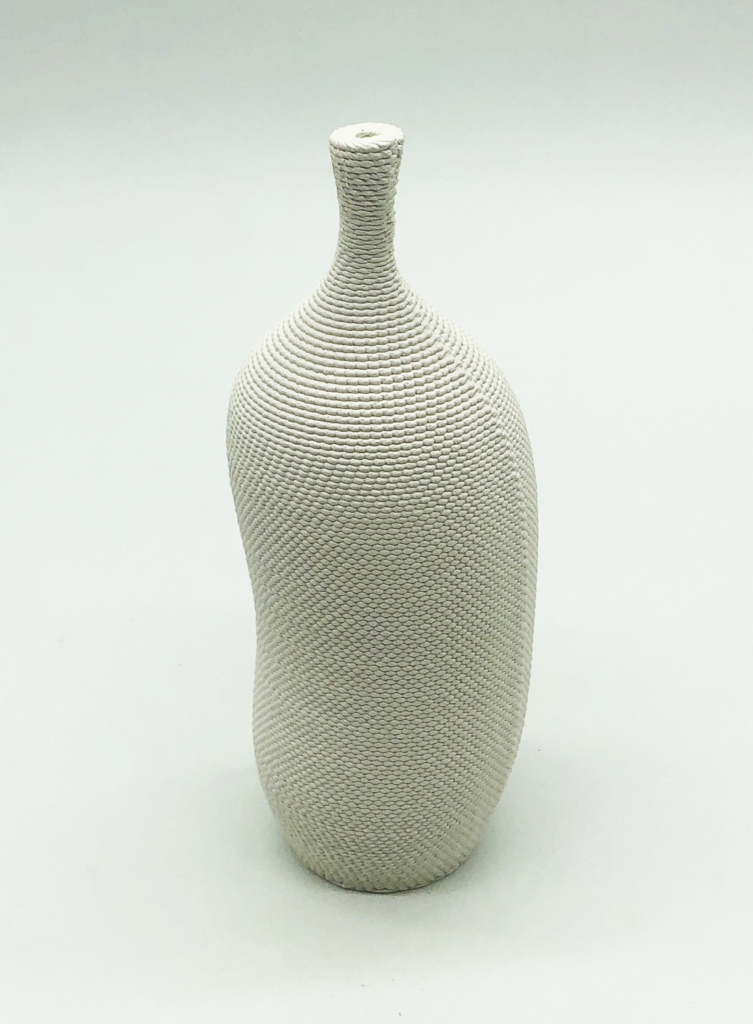

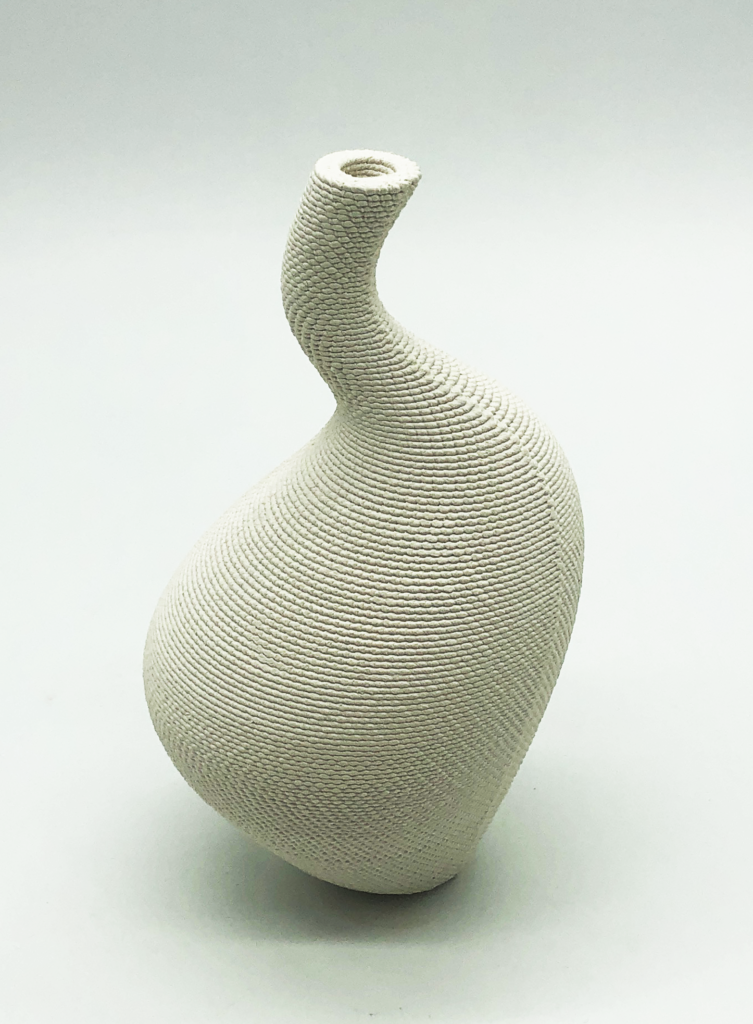

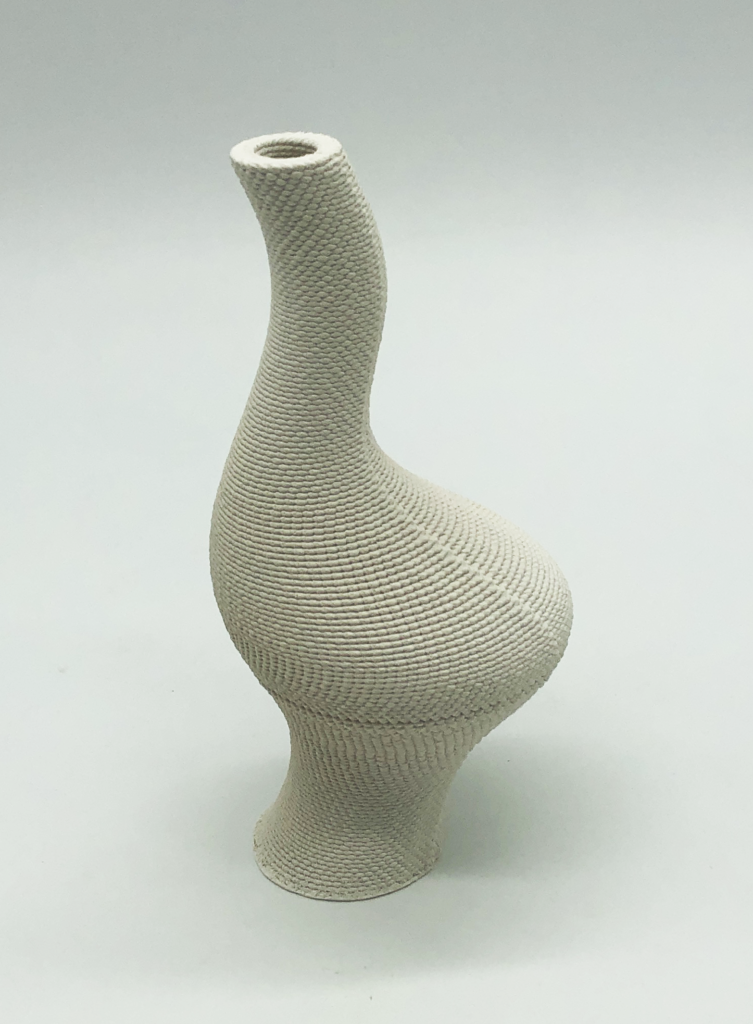

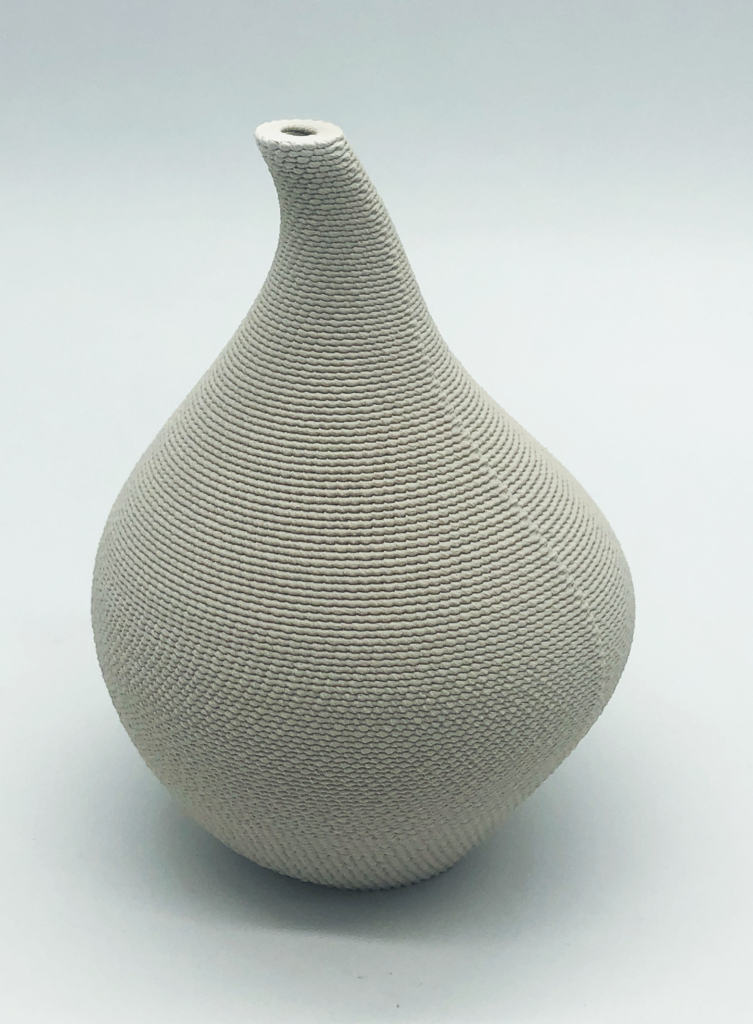
I enjoyed designing parametrically. I liked the acton of playing with sliders to create different forms. I found that it took a lot of back and forth to design the original base vessel form that I really liked. It would look good and then I would rotate my view and I would see something that I did not like about it. I also found it difficult to limit the number of parameters. I found that even with just six curves defining the forms, the number of possible parameters quickly made the system complex. At first I considered using both circles and ellipses to define the form, but then I became temped to want to control each axis of the ellipse as well as rotation. I landed on just using circles and confining myself to three parameters for each circle. This left me open to exploring and highlighting the random movements of these three parameters more. I enjoyed designing these forms from horizontally oriented circles. My first experience as a maker was as a potter, where forms can be thought of as a profile curve and a central axis that it rotates around. I still like thinking of form this way, but one thing I love about digital modeling and parametric design is it allows for many different forms that do not have to have such rigid symmetry. There are still underlying rules that dictate the types of forms, but there are so many more possibilities.
Since I have experience with 3D modeling as well as parametric design and I use it as my main design tool in my artistic practice, I felt like I could control the forms I was making. I think about control a lot in my work, and I wanted to play with that in this series of vessels. I wanted to have full control over the base form, and then I wanted to give up that control and let the random number generator of the computer decide the rest of the forms. In this sense, the computer is helping me generate most of my designs. Howeve, I did not give up full control as I chose the range of variation that each parameter would have. I also looked at about 40 randomly generated forms and decided on the five vessels I wanted to make in addition to my base form. Maybe this work was about the illusion of lack of control. I do feel like I can take authorship and ownership over this work. I was involved in all aspects of the design and was intensional about the idea as well as when and how I introduced randomness and chance into the system.
Grasshopper File: https://handandmachine.org/classes/computational_fabrication/wp-content/uploads/2023/09/FriedmanGerlicz_LA2_Vessels.gh
Hello Camila! There something very alluring about the shapes you chose. Also I am curious about the photos of the clay prints, the stripe pattern that you can see on them, does that appear on the actual vessels or is that just an artifact of the photos? I think it is interesting that so far all the posts I’ve read, including yours, have brought up intentionality as a part of why they were able to take authorship. Your use of controlled randomness reminds me of abstract artists that use paint pouring or splattering methods.
Hi Lasair,
Thanks for your comment. The striped texture of the pots is an artifact of the clay 3d printing. The printer I used for this project has a 1.5 mm diameter nozzle (as opposed to he .4 mm nozzle of the PLA printers), so the layers are more visible. I also used an oscillating toolpath, so it gave the prints a woven texture.
Hello, Camila:
Your prints are very impressive! Thanks for sharing. I have one question about the clay product. To my knowledge, the clays need to go over a bisque firing process in order to burn off the water inside the clay to make it hold for a long time. Does these printed clay products also need to go over that?
Thanks for your comment Lin. Yes, I did fire these prints. The pictures I showed on my blog post were before I fired them. I thought they would be finished before class when they were due, but the kiln took longer than I thought, so they were still too hot, which is why I did not bring them to class. When firing ceramics, it changes them from clay, which can be recycled and used again, to ceramic, which is a permanent material.
Hi Camila,
I love your work! The vessel shapes are very elegant and beautiful. I also love seeing it in the clay medium.